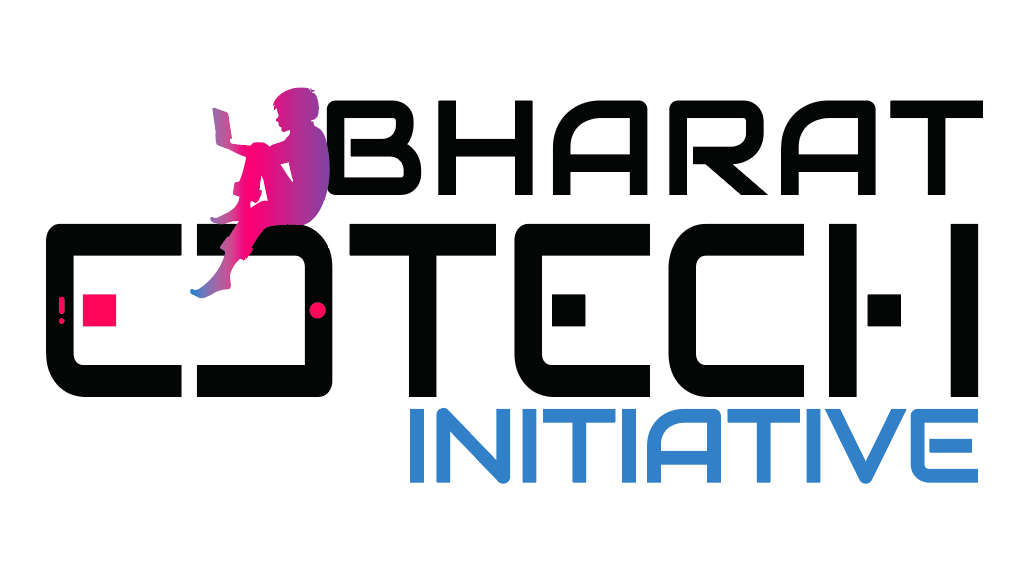April 18, 2022
According to the World Bank, learning losses from COVID-19 could cost this generation of students close to $17 trillion in lifetime earnings. Studies in India have shown that 92% of children lost at least one language ability and 82% lost one math ability from the previous year. In light of this, it is absolutely necessary that our recent gains in building effective EdTech solutions should be leveraged to address this learning gap.
While effective and scalable EdTech products are necessary, they are by no means sufficient to enable engagement among children. It is critical to remember that we are bringing learning to a child who often does not have the supportive environment necessary for self-driven learning. Additionally, in the absence of proven models, there is a need for agile and collective problem solving to help us solve this problem at scale.
Our experience with the Bharat EdTech Initiative emphasizes the need for collaborative action to bring together the essential pillars of an effective EdTech intervention.
Most initiatives start with the EdTech product and see adoption as a distribution problem. However, our experience demonstrates that children have diverse contexts and needs. There are children in dual smartphone households, with close to grade-level learning standards. On the other hand, there are children with low learning levels who need remedial content. It is necessary to find community partners who are committed to the child’s interests, understand the needs of children and identify the right solutions for each child.
The advantage of EdTech solutions is the real-time data on how engaged children are, what they understand, and what concepts they struggle with? However, this data is actionable only if stakeholders closer to the child are able to receive and use it. Bringing strong data analytics capabilities help us build shorter feedback loops by translating data to actionable insight by stakeholders closer to the child and thus sharpening our engagement with parents and children.
EdTech among the unprivileged is still a nascent area in terms of impact. Large-scale interventions help us build a credible body of evidence on what works and equally importantly what doesn’t. Credible assessment partners help us measure learning levels and improvements at the child level and help isolate practices that are effective.
Collaborative initiatives are able to create platforms to share learnings across diverse partners, enable collective problem solving, and build a body of good practices shared across partners. In the nascent stages of EdTech adoption, such sharing platforms not only improve one product but also move the larger ecosystem forward.
There is strong intent today in supporting the learning of children. However, individual EdTech programs often replicate the enabling infrastructure necessary to create impact or limit their interventions to providing EdTech solutions.
A collaborative initiative enables funders to leverage investments made in Assessments, Program Management, proven partner selection, and ongoing learning to create the greatest impact with their funding.
Given the scale of the challenge that is ahead of us in bridging the loss in learning, it is necessary to make EdTech work for children from underprivileged backgrounds. In order to give ourselves the best chance of success, we need to collectively put our best foot forward.
Rathish Balakrishnan | Co-founder & Managing Partner, Sattva Consulting
With the support of BEI, girls are able to learn anytime and anywhere, while having the agency to make choices in their educational journey.
Read More >For the last eight months, Syeeda’s school, a low-income private school in the heart of Bengaluru, has been deploying EdTech interventions with our community partner 321 Education Foundation’s support.
Read More >With Bharat EdTech Initiative’s intervention, 55-year-old Pushpa Kalidas Rathod, principal of Chandra Vasan Primary School, is helping improve student learning...
Read More >It takes more than mere access to EdTech for students to realise the potential of the opportunities available to them. Having an invested and compassionate adult at home can determine how far a child goes in leveraging their resources.
Read More >It’s 9 am, and there’s still an hour to go before Pera Primary School in Navsari, Gujarat, comes alive with...
Read More >What happens when a crisis hits another crisis? Prior to the pandemic, 130 million girls were out of school and...
Read More >In spite of the growing reach of mobile and internet access across the country and the expansion of the EdTech...
Read More >For centuries, the pursuit of education has been confined to physical classrooms. The global EdTech boom catalysed by the pandemic...
Read More >Ask a classroom full of children about their most dreaded subjects, and we can safely assume that most of them...
Read More >EdTech solutions can potentially pave the road leading to equitable and quality education. BEI is leveraging the power of EdTech to ensure..
Read More >Every now and then, one comes across a phrase or a passage that strikes an instant chord and resonates with...
Read More >